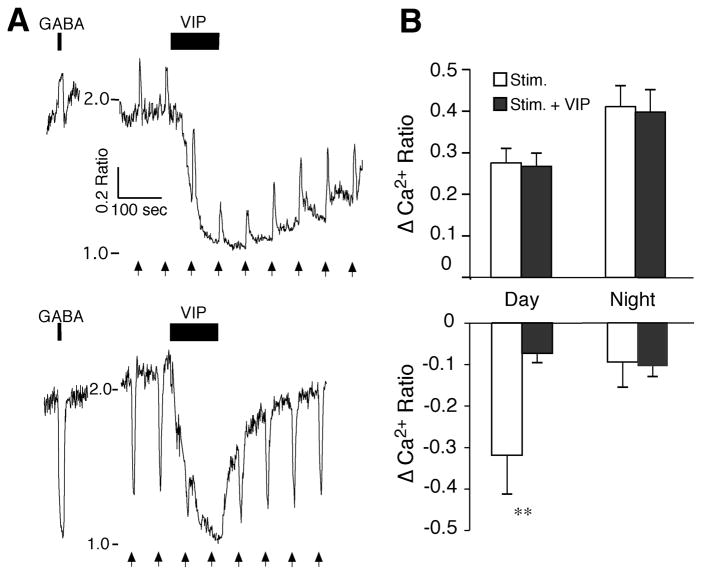Figure 3. VIP modulation of RHT signaling in the SCN network.
A. The postsynaptic Ca2+ ratio in two SCN neurons with similar reductions in response to VIP (1 μM), but opposing responses to both GABA (200 μM, 10 sec) and stimulation of the RHT (arrows, 100 pulses, 200 μs at 20 Hz). B. VIP (1 μM) had little or no effect on RHT-evoked elevations of Ca2+ (top) during the day (n = 36 neurons, t = 0.43, p = 0.67) and night (n = 22, t = 0.39, p = 0.70), but attenuated RHT-evoked Ca2+ reductions during the day (n = 10, t = 2.82, ** p < 0.020), but not the night (n = 3, t = 1.06, p = 0.40). Data is the mean ± SEM of maximum (Ca2+ elevations) and minimum (Ca2+ reductions) responses to RHT-evoked changes in the Ca2+ ratio before and during VIP (1 μM) application. Note that since VIP reduced the baseline Ca2+, the magnitudes of RHT-evoked Ca2+ reductions were also reduced, while at night the baseline Ca2+ ratio was low with few RHT-evoked Ca2+ transient reductions.

